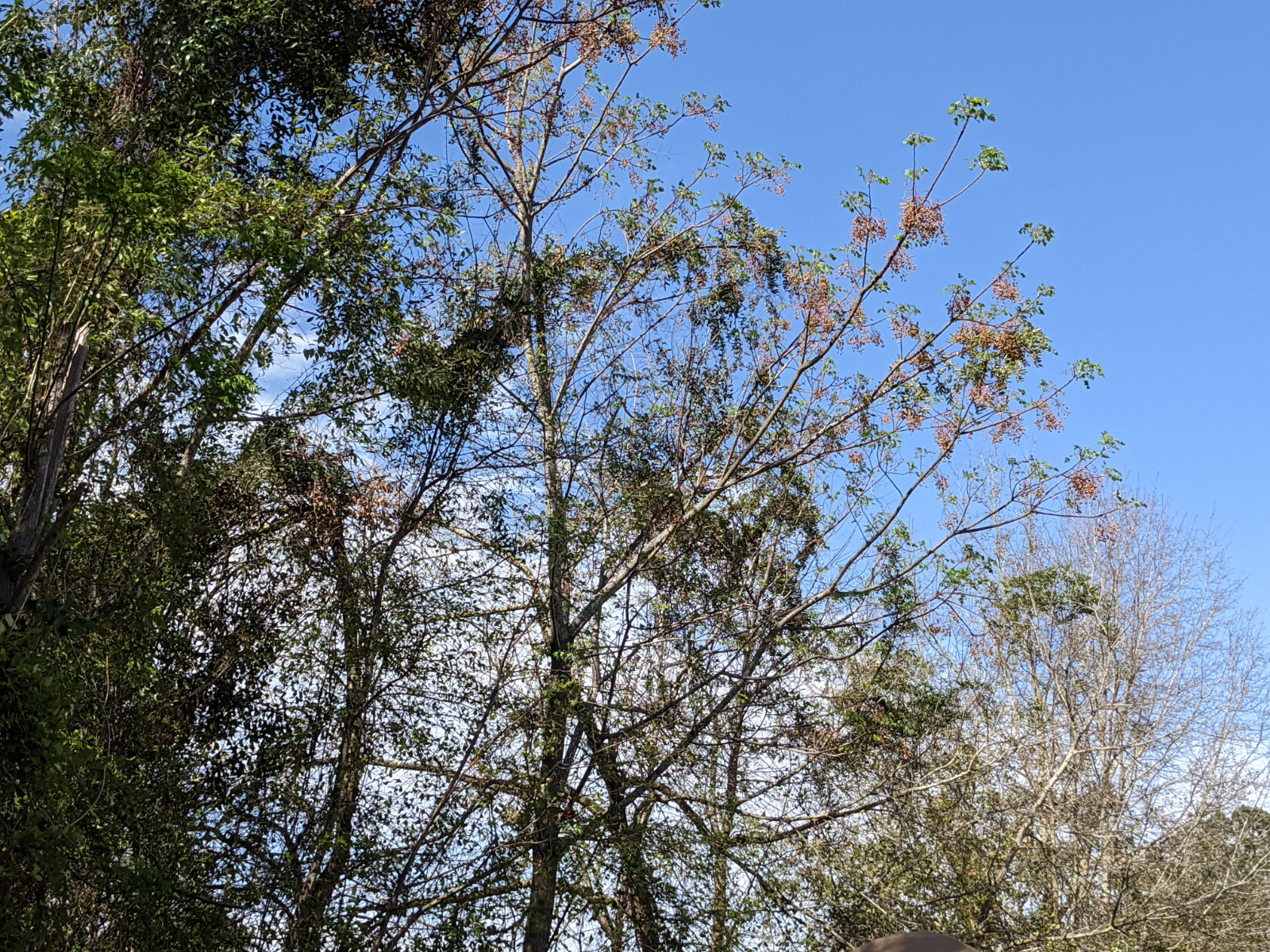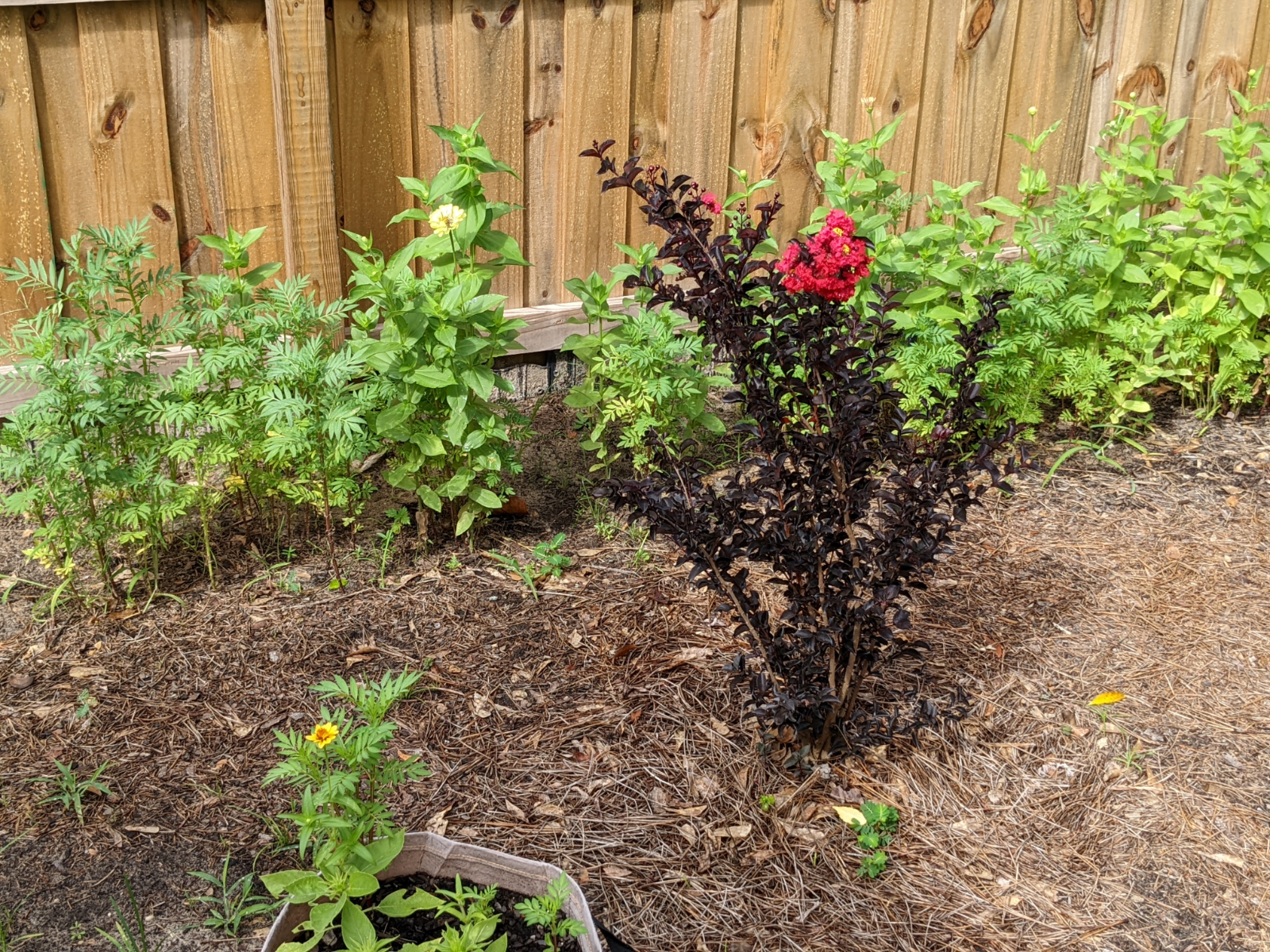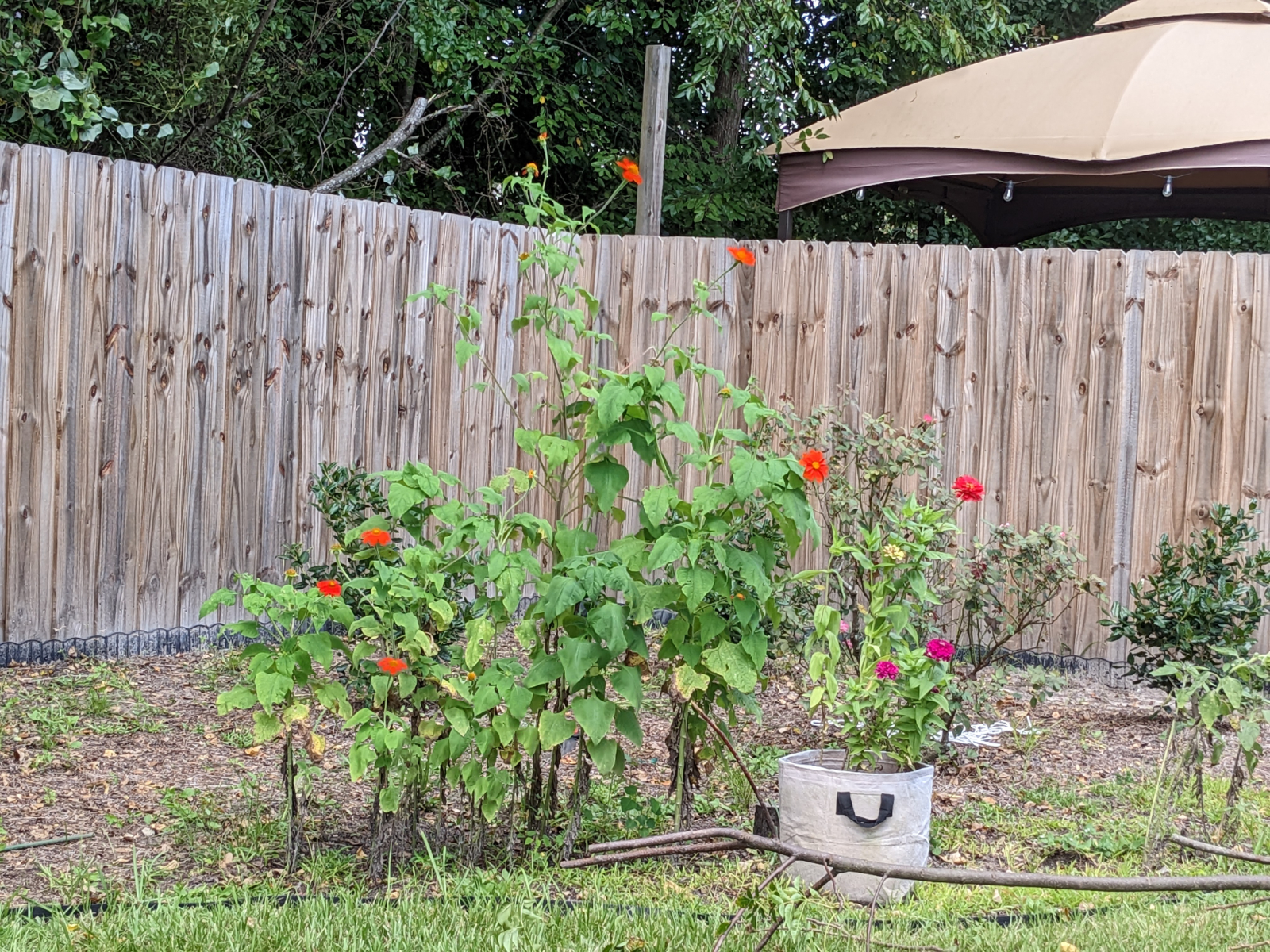Silent Sunday December 25 2022




The Supreme Court decided in June, 2015 that the fundamental right to marry is guaranteed to same-sex couples. The decision was Obergefell v Hodges, and the was one of the most definitive for civil rights in the last century.
A few short years later, this decision, like that for Roe v. Wade, which guaranteed rights to healthcare, is under threat with a Supreme Court more interested in forcing a narrow, restrictive ideology than the law. In response Congress just passed the Respect for Marriage Act. Though the protections aren’t as comprehensive as the Obergefell decision, at a minimum this Act ensures that same-sex marriages would be recognized by both federal and state government, though it could not force states to issue marriage certificates to same-sex couples.
Perhaps at a minimum, it will provide a warning to the Supreme Court that no, they won’t be allowed to turn back the clock, and they’ll leave Obergefell alone.
Serendipitously, this week while I was recovering old weblog posts from the Wayback Machine, I recovered one titled “No other word works but great.” I wrote it February 18, 2004 and it was about that brief and shining time when Gavin Newsome and the city of San Francisco, in an act of civil defiance, issued marriage certificates for same-sex couples.
As I wrote at the time:
This news coming out of San Francisco, is the first news I’ve heard in a month, over a month, of the triumph of the human spirit, the fire of those who will not accept the dictates of a hypocritical society, and the goodness of people reaching out to other people.
Enjoy this flashback, and think on how far we’ve come, and what we can’t lose.
Update:
The follow up longer essay I promised, also recovered from the Wayback Machine: For those who inhabit the empty spaces of the coloring book.

We don’t have the largest backyard, but it’s a good size for us. After our place in O’Fallon, with the steep hill in the back, we were excited about a nice flat backyard when we bought the place.
We spent considerable time yanking out the pampas grass that had been allowed to spread until it knocked down fences. We also gave the backyard shed to our neighbors. We used weed fabric and edging to carve out garden areas for fall planting. We planted six Nellie Stevens holly trees, three to each corner, and stunning Black Diamond red crape myrtles, one on each side. We then covered the dirt areas with about 20 bales of pine straw.


We bought the place in summer. It was the next Spring when we discovered the chinaberry trees. One day we woke up with thousands of small yellow berries littering the ground. We’d clean them up only for them to rain down again during the next breezy day.

Behind us a buffer zone between HOA property and a small church. When the area was cleared, the HOA did not do a proper job of controlling the growth in a stand of trees, which allowed invasive chinaberry trees to take over. Chinaberry trees grow quickly and the ones next to our property are now about 30 feet tall. Their branches extend over our yard, and all of the branches were filled with berries.

We had pruned the smaller trees ourselves, but the problem with chinaberry trees is when you cut one branch, a dozen grow in its place.
Chinaberry trees are toxic. The berries are toxic, the bark is toxic, and the leaves are toxic. Worse, they can alter the chemical makeup of the dirt, which can kill off any species that is not a chinaberry. They do have some pretty flowers in the spring, but these don’t compensate for the messy berry droppings.
These are nasty things. If you step on them, they form a gluey mess on your shoes that is almost impossible to remove. And where there’s a berry, there will be a chinaberry tree. Worse, they got into the pine straw mulch and the only way to get rid of them was to get rid of the mulch. Twenty bales of straw, gone.
This last year we planted sunflowers, zinnias, and marigolds in all of that exposed dirt and had some success with the zinnias, marigolds, and Mexican sunflowers, but the rest was a bust. So, lots of weeds. Lots and lots of weeds.


We asked the HOA to clean up the chinaberry trees, but they blew us off. They’re ‘healthy’ trees they claim, though in this city and county chinaberry trees don’t fall into the ‘keep the trees’ laws. We can prune the trees ourselves, but as I noted above: cut one branch, get a dozen in its place.
Now our plan is to convert the carved out garden areas back to grass—not to make it back into a lawn, but grass can form a good ground cover and it’s relatively simple to clean up the berries off of grass. Then we’re going to uncover patches for new bushes and trees, and use raised beds for any areas we want to reserve for annuals.
We can cover the raised beds with plastic during berry falling season, and use a shop-vac to vacuum up the berries on the grass. We’ll still be able to have the plants and flowers we want, without the weeds from bare ground and the chinaberry dilemma.
In the meantime, I found a terrific writing on the history of Savannah and the part it played bringing these nasty trees to the US.